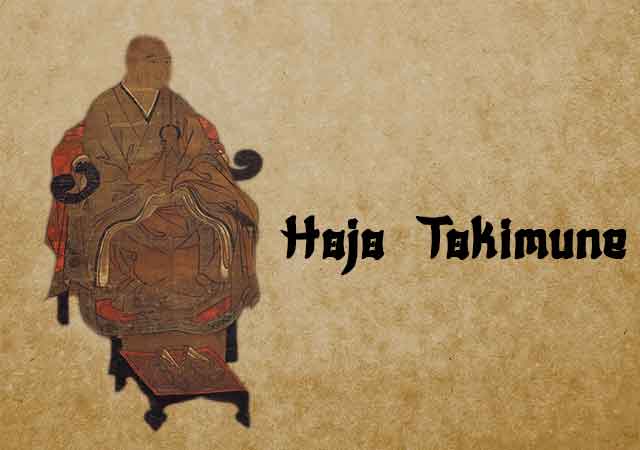
Hojo Tokimune, born into a lineage of esteemed warriors and statesmen, destined to govern both his clan and his nation, came into the world on June 5, 1251. His father, Hojo Tokiyori, served as the fifth Shikken (Regent) to the Shogun, and Tokimune would go on to assume the role of the eighth Regent at the tender age of 18. At this time, the Hojo Regents held substantial authority, effectively overseeing the nominal shogunate.
Much like his father, Tokimune proved to be an assertive leader and a shrewd political figure, wielding significant power and influence within both the Imperial and Shogunate courts.
In January of 1268, Kublai Khan, the Mongol leader, dispatched envoys with explicit demands for Japan's submission to his rule. Tokimune responded by sending the envoys back without a reply. Undeterred, Kublai Khan sent four more sets of envoys over the ensuing two years, each of whom met with the same resolute rejection from Tokimune. This defiance led to the Mongols launching an invasion of Japan in 1274. This endeavor, however, was thwarted by a combination of a typhoon and the formidable samurai class of Japanese warriors. The following year, in 1275, another delegation of five representatives arrived in Japan and adamantly refused to depart without a response. Tokimune had them brought from Kyushu to the government seat in Kamakura, where they met their end. With no word from his envoys, Kublai Khan dispatched another five, who were promptly executed upon arrival. This provoked the Mongols to mount an even larger invasion in 1281.
Tokimune, a warrior of exceptional caliber and a member of the elite, played a pivotal role in devising Japan's defense strategy. He personally led his men into the fray against the formidable Mongols. Determined to eliminate any trace of cowardice within his newly formed samurai forces, he sought counsel from Zen Master Mugaku Sogen. Mugaku proposed that the men practice Zen to confront and overcome the inner source of fear. As a result, Tokimune's influence catalyzed the spread of Zen Buddhism throughout Japan, particularly among the samurai.
On April 20, 1284, at the age of 33, Tokimune succumbed to tuberculosis and heart disease. He found his resting place in the now designated National Treasure, Enkaku-ji Temple in Yamanouchi, Kamakura.
See also
-
Yamagata Masakage
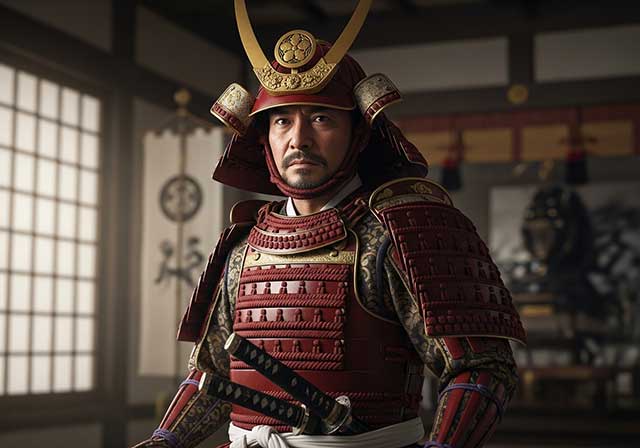
Masakage was one of Takeda Shingen’s most loyal and capable commanders. He was included in the famous list of the “Twenty-Four Generals of Takeda Shingen” and also belonged to the inner circle of four especially trusted warlords known as the Shitennō.
-
Yagyu Munenori

Yagyū Munenori began his service under Tokugawa Ieyasu while his father, Yagyū Muneyoshi, was still at his side. In 1600, Munenori took part in the decisive Battle of Sekigahara. As early as 1601, he was appointed a kenjutsu instructor to Tokugawa Hidetada, Ieyasu’s son, who later became the second shogun of the Tokugawa clan.
-
Yagyu Muneyoshi
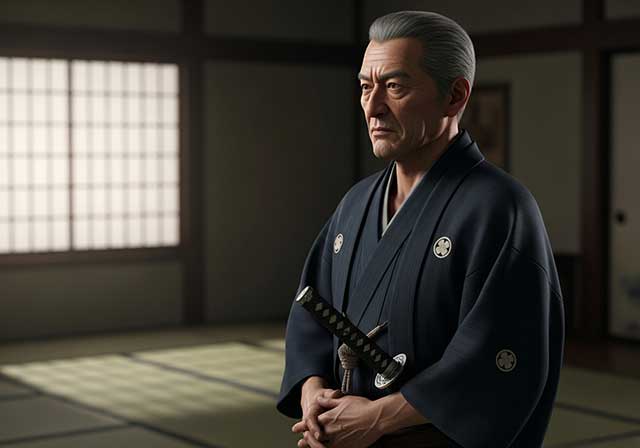
A samurai from Yamato Province, he was born into a family that had been defeated in its struggle against the Tsutsui clan. Muneyoshi first took part in battle at the age of sixteen. Due to circumstances beyond his control, he was forced to enter the service of the Tsutsui house and later served Miyoshi Tōkei. He subsequently came under the command of Matsunaga Hisahide and in time became a vassal first of Oda and later of Toyotomi.
-
Endo Naozune
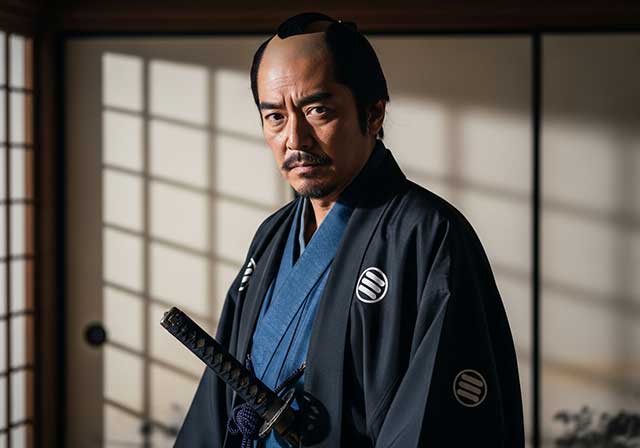
Naozune served under Azai Nagamasa and was one of the clan’s leading vassals, renowned for his bravery and determination. He accompanied Nagamasa during his first meeting with Oda Nobunaga and at that time asked for permission to kill Nobunaga, fearing him as an extremely dangerous man; however, Nagamasa did not grant this request.
-
Hosokawa Sumimoto
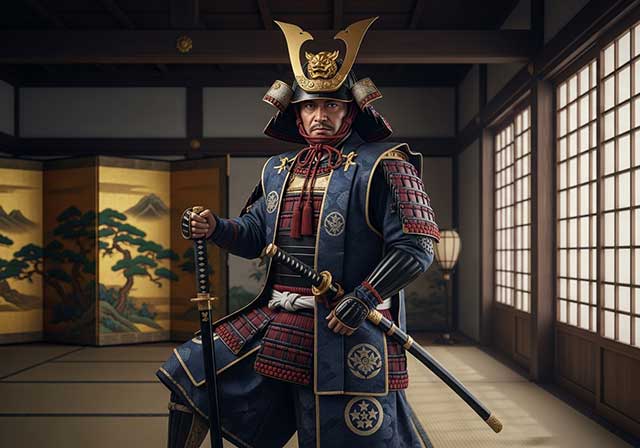
Sumimoto came from the Hosokawa clan: he was the biological son of Hosokawa Yoshiharu and at the same time the adopted son of Hosokawa Masamoto, the heir of Hosokawa Katsumoto, one of the principal instigators of the Ōnin War. Masamoto was homosexual, never married, and had no children of his own. At first he adopted Sumiyuki, a scion of the aristocratic Kujō family, but this choice provoked dissatisfaction and sharp criticism from the senior vassals of the Hosokawa house. As a result, Masamoto changed his decision and proclaimed Sumimoto as his heir, a representative of a collateral branch of the Hosokawa clan that had long been based in Awa Province on the island of Shikoku. Almost immediately after this, the boy became entangled in a complex and bitter web of political intrigue.
-
Honda Masanobu
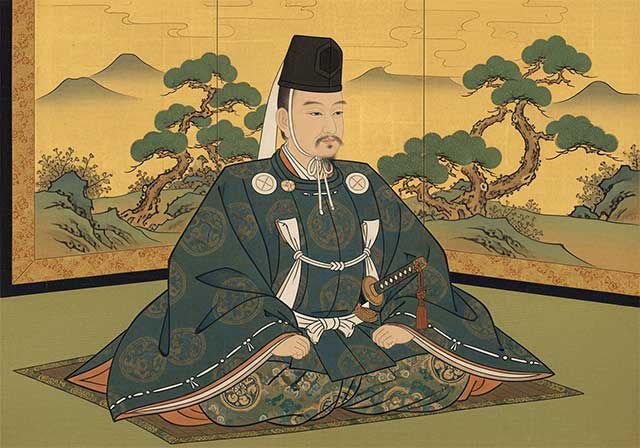
Masanobu initially belonged to the retinue of Tokugawa Ieyasu, but later entered the service of Sakai Shōgen, a daimyo and priest from Ueno. This shift automatically made him an enemy of Ieyasu, who was engaged in conflict with the Ikkō-ikki movement in Mikawa Province. After the Ikkō-ikki were defeated in 1564, Masanobu was forced to flee, but in time he returned and once again entered Ieyasu’s service. He did not gain fame as a military commander due to a wound sustained in his youth; nevertheless, over the following fifty years he consistently remained loyal to Ieyasu.
-
Honda Masazumi
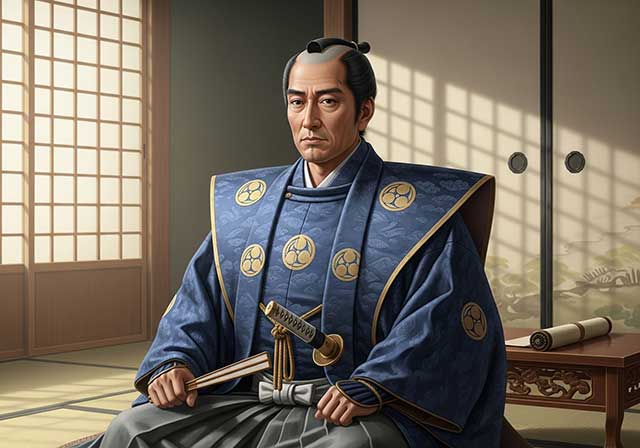
Masazumi was the eldest son of Honda Masanobu. From a young age, he served Tokugawa Ieyasu alongside his father, taking part in the affairs of the Tokugawa house and gradually gaining experience in both military and administrative matters. At the decisive Battle of Sekigahara in 1600, Masazumi was part of the core Tokugawa forces, a clear sign of the high level of trust Ieyasu placed in him. After the campaign ended, he was given a highly sensitive assignment—serving in the guard of the defeated Ishida Mitsunari, one of Tokugawa’s principal enemies—an obligation that required exceptional reliability and caution.
-
Hojo Shigetoki
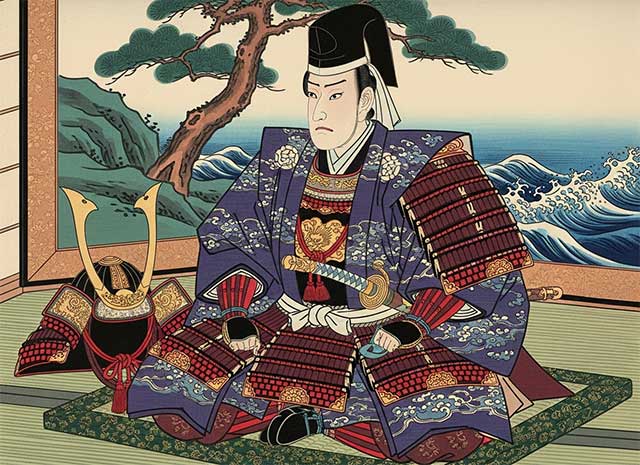
Hōjō Shigetoki, the third son of Hōjō Yoshitoki, was still very young—only five years old—when his grandfather Tokimasa became the first member of the Hōjō clan to assume the position of shogunal regent.

